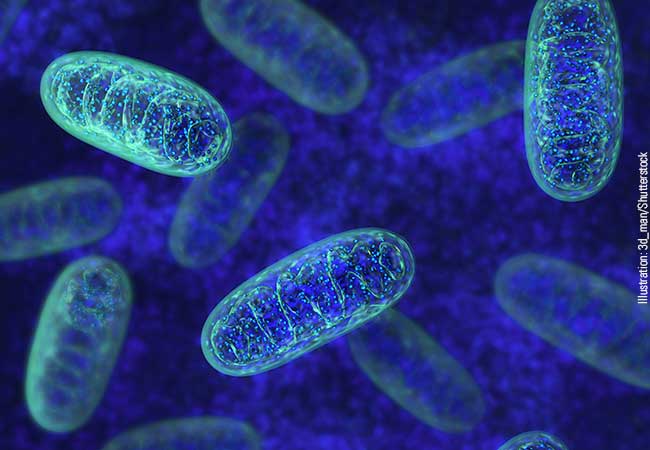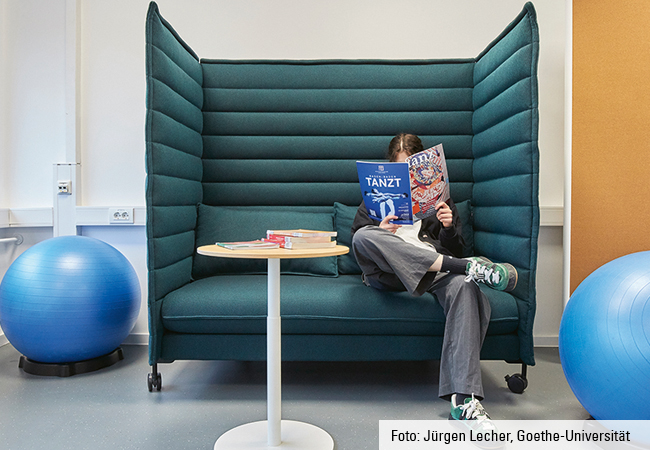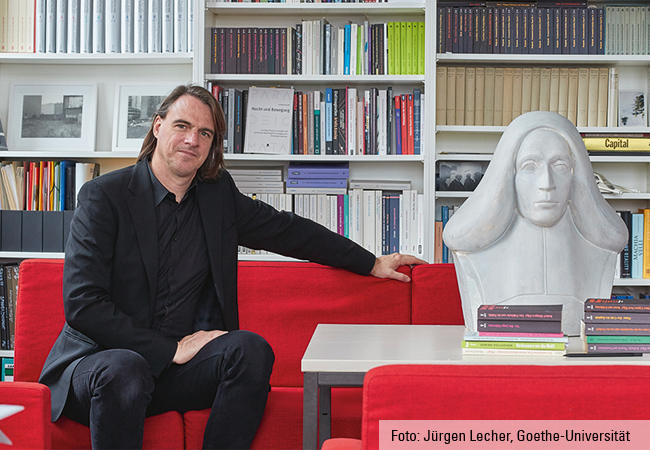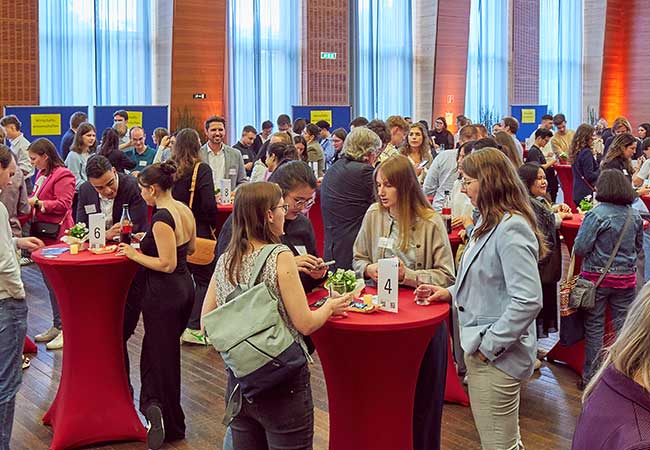Originally, the powerhouses of higher cells, the mitochondria, were independent organisms. Researchers at Goethe University Frankfurt have investigated to what extent their metabolism has blended with that of their host cells in the course of evolution, using the example of a mitochondrial stress response. They have discovered that mitochondria send two different biochemical signals. These are processed together in the cell and trigger a support mechanism to restore cellular balance (homeostasis). The work was partly done within the ENABLE cluster initiative (now EMTHERA) at Goethe University Frankfurt.
As life propagated across Earth in the form of the widest variety of single-celled organisms, sometime between 3.5 and a billion years ago one such organism managed an evolutionary coup: Instead of devouring and digesting bacteria, it encapsulated its prey and used it as a source of energy. As a host cell, it offered protection and nutrition in return. This is referred to as the endosymbiotic theory, according to which that single-celled organism was the primordial mother of all higher cells, out of which all animals, fungi and plants developed. Over the course of billions of years, the encapsulated bacterium became the cell’s powerhouse, the mitochondrion, which supplies it with the cellular energy currency ATP. It lost a large part of its genetic material – its DNA – and exchanged smaller DNA segments with the mother cell. However, now as in the past, mitochondria divide independently of the cell and possess some genes of their own.
How closely the cell and the mitochondrion work together in human cells today is what a team of researchers led by Dr. Christian Münch of Goethe University Frankfurt is investigating. They have now discovered how the mitochondrion calls for help from the cell when it is under stress. Triggers for such stress can be infections, inflammatory diseases or genetic disorders, for example, but also nutrient deficiencies or cell toxins.
A certain type of mitochondrial stress is caused by misfolded proteins that are not quickly degraded and accumulate in the mitochondrion. The consequences for both the mitochondrion and the cell are dramatic: Misfolded proteins can, for example, disrupt energy production or lead to the formation of larger amounts of reactive oxygen compounds, which attack the mitochondrial DNA and generate further misfolded proteins. In addition, misfolded proteins can destabilize the mitochondrial membranes, releasing signal substances from the mitochondrion that activate apoptosis, the cell’s self-destruction program.
The mitochondrion responds to the stress by producing more chaperones (folding assistants) to fold the proteins in order to reduce the misfolding, as well as protein shredding units that degrade the misfolded proteins. Until now, how cells trigger this protective mechanism was unknown.
The researchers from Goethe University Frankfurt artificially triggered misfolding stress in the mitochondria of cultured human cells and analyzed the result. “What makes it difficult to unravel such signaling processes,” explains Münch, himself a biochemist, “is that an incredibly large number take place simultaneously and at high speed in the cell.” The research team therefore availed itself of methods (transcriptome analyses) that can be used to measure over time to what extent genes are transcribed. In addition, the researchers observed, among other things, which proteins bind to each other at which point in time, at which intervals the concentrations of intracellular substances change, and what effects there are when individual proteins are systematically deactivated.
The result is that the mitochondria send two chemical signals to the cell when protein misfolding stress occurs: They release reactive oxygen compounds and block the import of protein precursors, which are produced in the cell and are only folded into their functional shape inside the mitochondrion, causing these precursors to accumulate in the cell. Among other things, the reactive oxygen compounds lead to chemical changes in a protein called DNAJA1. Normally, DNAJA1 supports a specific chaperone (folding assistant) in the cell, which molds the cell’s newly formed proteins into the correct shape.
As a consequence of the chemical change, DNAJA1 now increasingly forces itself on the folding assistant HSP70 as its helper. HSP70 then takes special care of the misfolded protein precursors that accumulate around the mitochondrion because of the blocked protein import. By doing so, HSP70 reduces its interaction with its regular partner HSF1. HSF1 is now released and can migrate into the cell nucleus, where it can trigger the anti-stress mechanism for the mitochondrion.
As biochemist Münch explains, “It was very exciting to discover how the two mitochondrial stress signals are combined into one signal in the cell, which then triggers the cell’s response to mitochondrial stress. Moreover, in this complex process, which is essentially driven by tiny local changes in concentration, the stress signaling pathways of the cell and the mitochondrion dovetail very elegantly with each other – like the cogs in a clockwork.”
Publication: F. X. Reymond Sutandy, Ines Gößner, Georg Tascher, Christian Münch: A cytosolic surveillance mechanism activates the mitochondrial UPR. Nature (2023) https://doi.org/10.1038/s41586-023-06142-0
Background information:
Misfolding in mitochondria: Emmy Noether grant of the German Research Foundation for Christian Münch
The EMTHERA (Emerging Therapies) research cluster is seeking new approaches to study infections and inflammatory diseases as well as immune system disorders and to develop innovative therapies. EMTHERA is an initiative of the Rhine-Main Universities (RMU). www.emthera.de/











